10
Sep / 12
From the Intrepid Vault: Overhead Stability in the Snatch & OHS
Categories: Olympic Weightlifting, Workout of the Day
posted by: Ruth
On days snatches or overhead squats (OHS) are programmed, I get a lot of questions and concerns regarding pain and/or instability while holding the barbell overhead. The first thing I focus on is mobility by performing some simple mobility tests (like the ones Ruth posted on last week) to see if you’re restricted in your ankles, hips, and/or shoulders. A majority of folks realize mobility restrictions are to blame for the discomfort, but to help explain some of the finer points about the overhead position I’ll reference Greg Everett’s article written in July 2011 on the Catalyst Athletics website entitled “Overhead Stability in the Snatch”.
According to Greg, “When it comes to supporting weight overhead, proper structure is the most important element. Strength is required to reinforce that structure, but we’re not relying on muscular strength directly.” For example, we can support much more weight overhead with our elbows completely locked out than we can with elbows bent. By locking out the elbows we create a bone lock and transfer the load to our skeletal structure with our muscles providing stabilizing and supplementary support. For those of us familiar with the movements, I’m sure you can have felt the difference locking out the elbows makes.
Greg specifically hits on many points regarding proper structure regarding the overhead position for the snatch and overhead squat:
- The shoulder blades must be fixed tightly in a position that prevents movement, allows the arms to rise as needed to the bar, and allows positioning of the weight and body to maintain balance over the feet. This can be achieved by completely retracting the shoulder blades and allowing them to upwardly rotate enough to open space for the humerus. I find the easiest way to accomplish this position is to imagine pinching the top inside edges of the shoulder blades together. This is not a shrug, although the upper traps will contract and bunch up.
- The bar should be in the palm slightly behind the centerline of the forearm. The hand and wrist should be allowed to settle in so the wrist is extended; do not try to hold the wrist in a neutral position. Again, if the bar is in the proper place in the hand, this will not place undue strain on the wrist, because it’s not way behind the wrist as some mistakenly hold it. However, the proper hand and wrist position does require a good deal of mobility, which should be worked for diligently to allow the athlete to hold the proper positions as quickly as possible. If the athlete is flexible enough, the hook grip can be maintained overhead, but the grip must be relaxed to allow the hand and wrist to settle in properly.
- The bar should be positioned over the back of the neck or the top of the traps with the head push forward through the arms somewhat. If the head is straight up or tucked back as some try to hold it, the shoulder blades cannot be held in the proper position and the arms cannot be oriented well to support the weight.
- The width of the grip is another factor to consider. Ideally the grip can be such that the bar contacts the body in the crease of the hips. Additionally, as the grip gets wider, it becomes more difficult to extend the elbows forcefully. A balance needs to be found between proper bar positioning during the pull and the ability to support and stabilize the bar overhead.
- Overhead instability can arise from the lower body entirely at times. Most commonly this is due to inflexibility, but can also be due simply to improper positioning. Most obviously, if an athlete has insufficient range of motion in the ankles and hips (or thoracic spine), he or she will not be able to establish a sound, upright squat, and as a consequence, he or she will not be able to establish the ideal overhead structure described previously. This may be because the trunk is forced to incline forward too much, the weight of the entire system is out of balance forward, or likely a combination of the two. Adequate flexibility throughout the body must be a priority for all lifters.
These are just a few of the nuggets from Greg’s article. Read the entire article here. While at the Greg’s site check out his monthly journal The Performance Menu which is one of the Intrepid coaching staff’s favorite reads. Every month Greg and his team put together informative articles on olympic weightlifting, gymnastics, powerlifting, CrossFit, nutrition, recovery, recipes, and a host of other topics relevant to improving your health and performance. It’s the best $30 you’ll spend and you’ll get your money’s worth within the first few issues. Put some of Greg’s tips to practice in the overhead squat portion of today’s workout and see if you feel a difference. The overhead position is a very difficult position for many people, so keep in mind it takes practice and patience.
WOD 9.10.12
Bench Press 3×5/Wendler
5 Rounds for Time:
3 Snatches
6 Box Jumps
9 Chest-to-Bar Pullups


 310.465.6565 |
310.465.6565 |
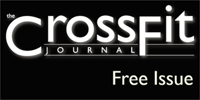



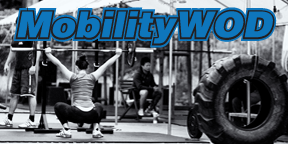






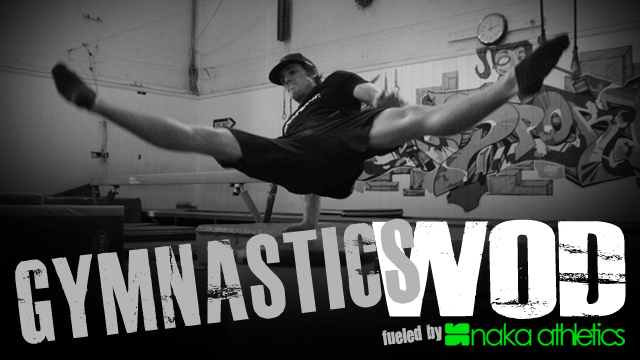




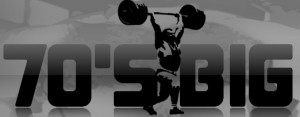
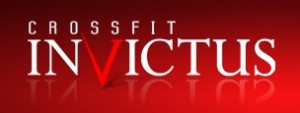
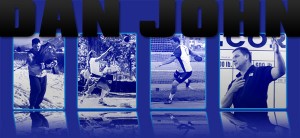
comments